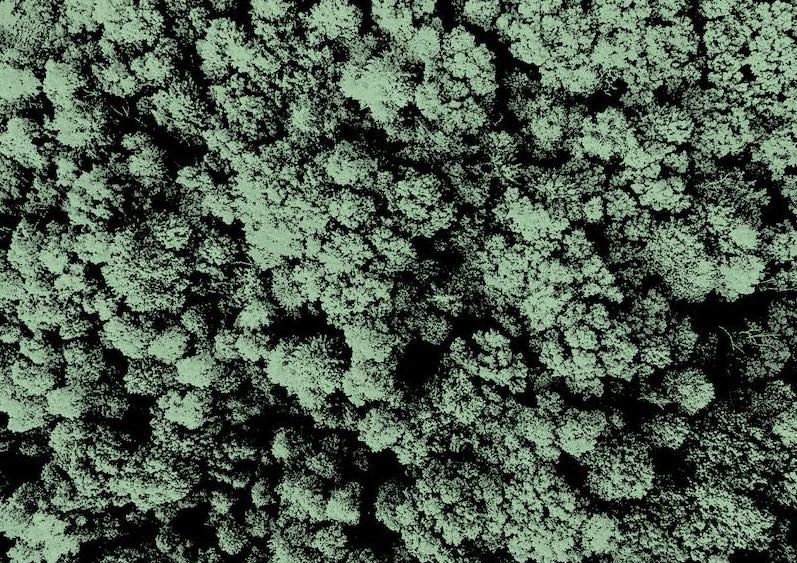What is it about?
In this research, a comparative LSTM model analysis is discussed for the recognition of epileptic seizure from EEG signals. The architectures of LSTM are followed with Vanilla, Stacked, and Bi-directional for epileptic seizure detection in raw EEG signals. The advantages of applying LSTM directly to the raw EEG signal are to perform features’ extraction and speed up the training by substituting the original signals with shorter sequences of feature vectors. In this research work, model loss is analyzed to evaluate the performance of different LSTM models. The proposed approach is applied in the EEG dataset from Bonn University and results show that the performance of the bi-directional LSTM is better than the others.
Featured Image

Photo by Logan Voss on Unsplash
Why is it important?
We explore how different LSTM architectures can effectively detect epileptic seizures directly from raw EEG signals. This is important in the development of real-time, non-invasive neurological monitoring systems, where both accuracy and computational efficiency are essential. Two significant contributions of this work are: a) applying LSTM models directly to raw EEG signals removes the need for manual feature engineering, enabling automated and efficient feature learning from temporal dynamics; and b) through comparative evaluation, we identify that the bi-directional LSTM architecture significantly outperforms Vanilla and Stacked LSTM models in recognizing seizure patterns, especially in terms of loss minimization. These findings support the development of fast, scalable, and accurate seizure detection frameworks, potentially improving early diagnosis and response systems in clinical and wearable applications.
Perspectives
I hope this article brings a fresh sense of relevance and urgency to what might seem like a purely technical area—LSTM models and EEG signal processing—by showing its direct implications in improving health outcomes for people living with epilepsy. Seizure detection is not just a machine learning challenge; it’s a deeply human one that affects quality of life, safety, and clinical care. Personally, I found it fascinating how different LSTM architectures, particularly bi-directional ones, can significantly impact the performance of seizure detection systems. More than anything, I hope this work makes readers appreciate the power of deep learning when applied thoughtfully to real-world biomedical signals—and encourages further innovation at the intersection of AI and healthcare.
Md Khurram Monir Rabby
Read the Original
This page is a summary of: Epileptic Seizure Detection Using EEG Signal Based LSTM Models, December 2021, Institute of Electrical & Electronics Engineers (IEEE),
DOI: 10.1109/aike52691.2021.00027.
You can read the full text:
Contributors
The following have contributed to this page







